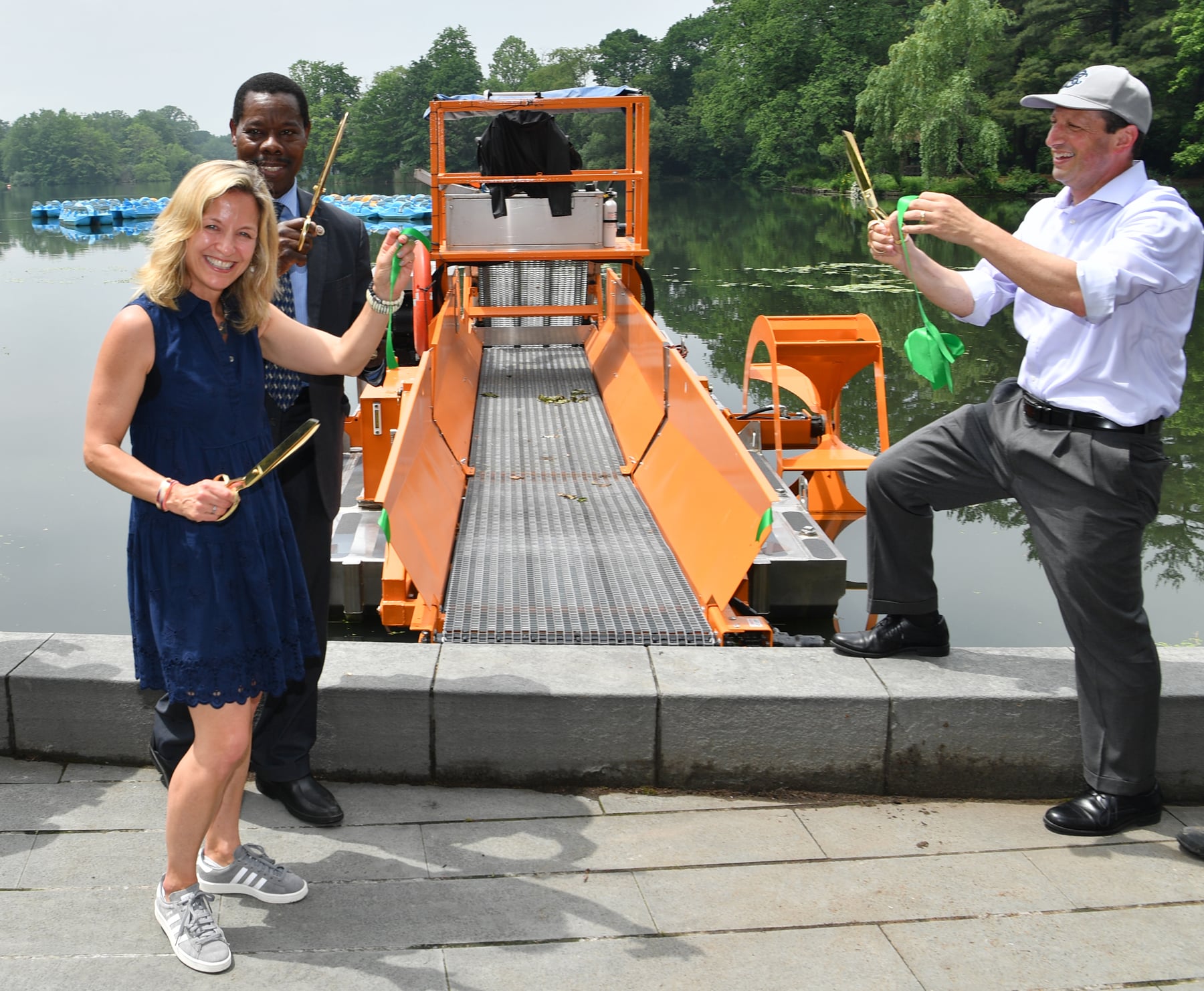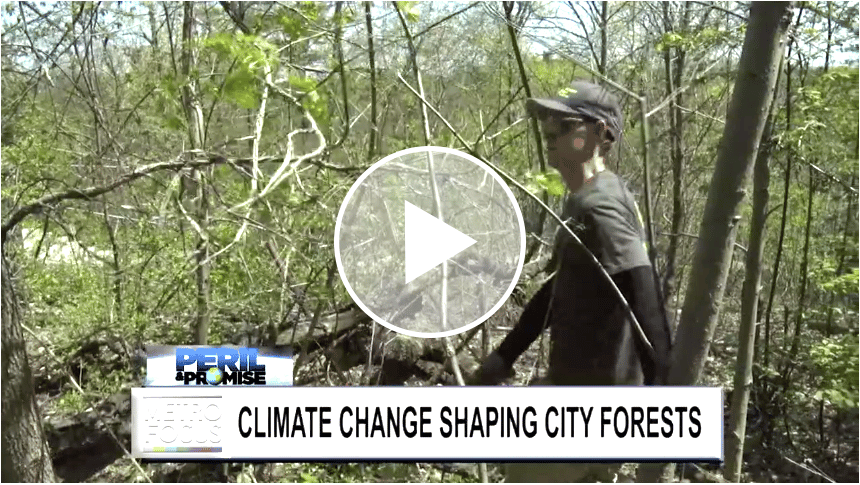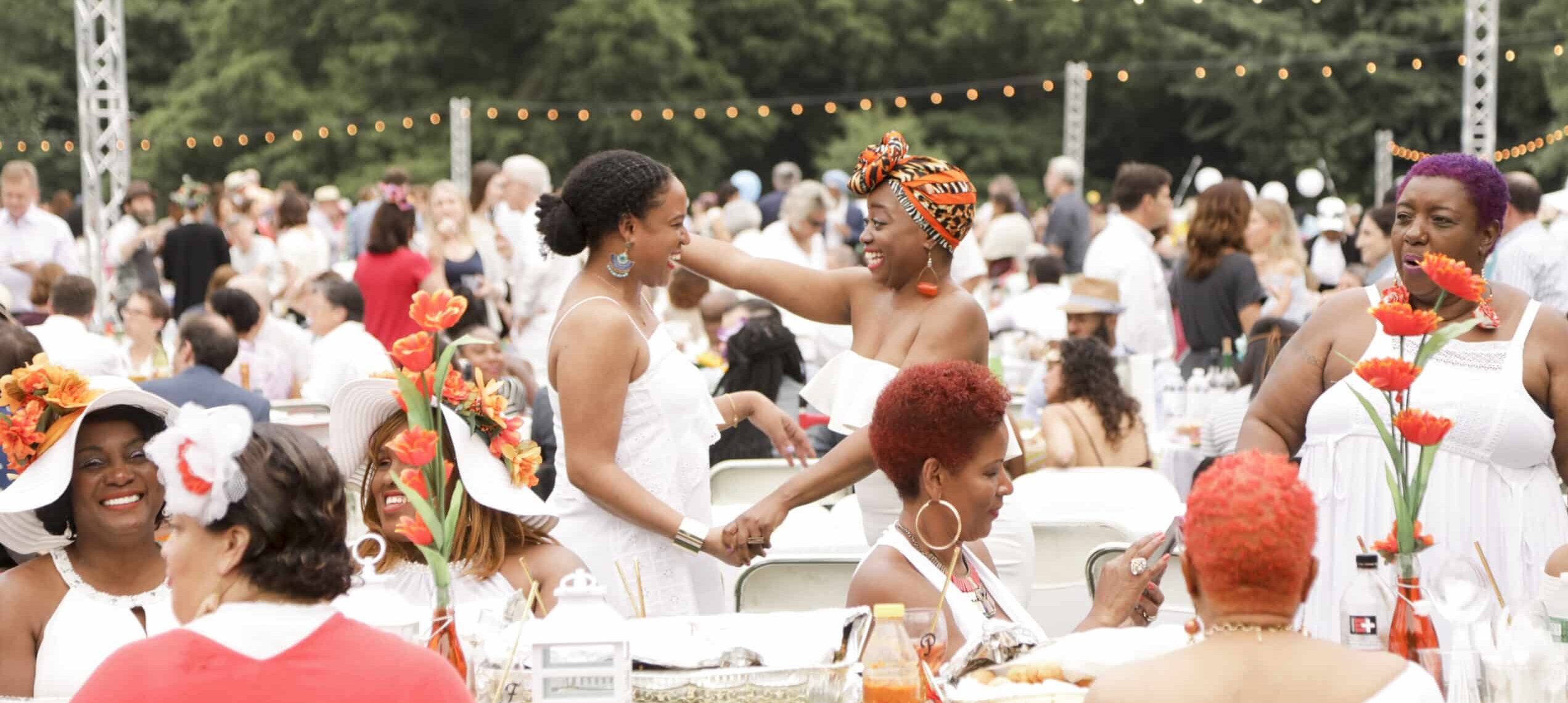The Results Are In! Prospect Park Tree Survey
September 14, 2018
Prospect Park is an arboreal wonderland! Through a $75,000 Urban Forestry Grant from the New York State Department of Environmental Conservation, Prospect Park Alliance recently surveyed roughly 12,000 of the park’s 30,000 trees as part of its work in caring for the Park’s natural areas.
The survey not only provides a more nuanced picture of the park’s evolving ecosystem, but important insights into the economic, environmental and health benefits of Brooklyn’s Backyard. Conducted by Davey Resource Group (DRG), a well-respected urban forestry consultancy that has worked extensively in New York City, you can examine the results on the Prospect Park TreeKeeper Interactive Map.
“The survey has provided exciting insight into what we already knew were some of the park’s most important treasures, its trees,” said Prospect Park Alliance President Sue Donoghue. “We are all aware of how special this urban green space is, but now with this data we can quantify the economic benefit our community receives from these trees. It clearly reinforces just how precious this resource is, and how we must all do our part to care for it.”
During the survey, arborists inventoried trees primarily in the landscaped areas of the park, a total of 12,414 trees. Among the findings:
-
The surveyed trees provide more than $1.5 million in annual environmental benefits. This includes:
-
Air quality: 24,000 pounds of pollutants removed from the air each year, valued at $125,000;
-
Greenhouse gas benefits: 3,000 tons removed from the air, valued at $17,000;
-
Energy benefits: equivalent to 1,000 megawatt hours saved, valued at close to $700,000;
-
Storm water runoff benefits: 21 million gallons saved from the city sewer system, valued at $172,000.
-
-
There is a plethora of trees to be found in the park, including the 84 genera and 193 species represented in this survey. This includes numerous varieties of native cherries, maples and oaks, representing 41% of the trees surveyed, as well as less common species included the Southern magnolia, a fragrant, flowering tree whose northern range is growing due to climate change, and the bald cypress, which typically grows in swampy conditions and sends up knobby root growths called “knees.”
-
The largest tree surveyed has a diameter of 77 inches, or 6 feet, 5 inches across! This specimen tree, an American elm located near the Bandshell, is estimated to be over 100 years old.
-
The inventory also identified challenges faced by the park’s trees. The overall condition of the inventoried tree population is rated fair, however, 8% of the inventoried trees had stress caused by humans.
-
Emerald ash borer, an invasive beetle, was detected in the park’s ash tree population. And, though they have not been detected in Prospect Park, Gypsy moths and Asian Longhorn beetles pose the biggest threats to the health of the inventoried tree population.
-
A tree survey metric, “replacement value,” describes the historical investment in trees over time. The surveyed park trees have an estimated replacement value of more than $59 million!
In completing this report, DRG put together a Prospect Park Tree Management Plan, charting out the tree maintenance and planting needs in the park for the next five years. “By tracking the park’s trees, the Alliance can better care for these important natural resources, which play a big role in Brooklyn’s quality of life,” said John Jordan, Director of Landscape Management at Prospect Park Alliance.
There is a long way to go for Prospect Park Alliance to keep this vital community resource healthy and safe. Contributions from community members help sustain the park’s trees and fund the Alliance’s team of arborists and natural resources crew.
One way to support this important work is through the Alliance’s Commemorative Giving Tree Program. During planting seasons that take place each fall and spring, members of the community have the opportunity to plant a new tree in Prospect Park. Through this program, roughly 1,100 trees have been planted over the past 30 years. Each year, the Alliance plants a community tree on Arbor Day: learn more about how to get involved in this community celebration.
Want to learn more about Prospect Park’s trees? Check out the Prospect Park TreeKeeper Interactive Map to get info on each of the surveyed trees and their benefit to the community.



